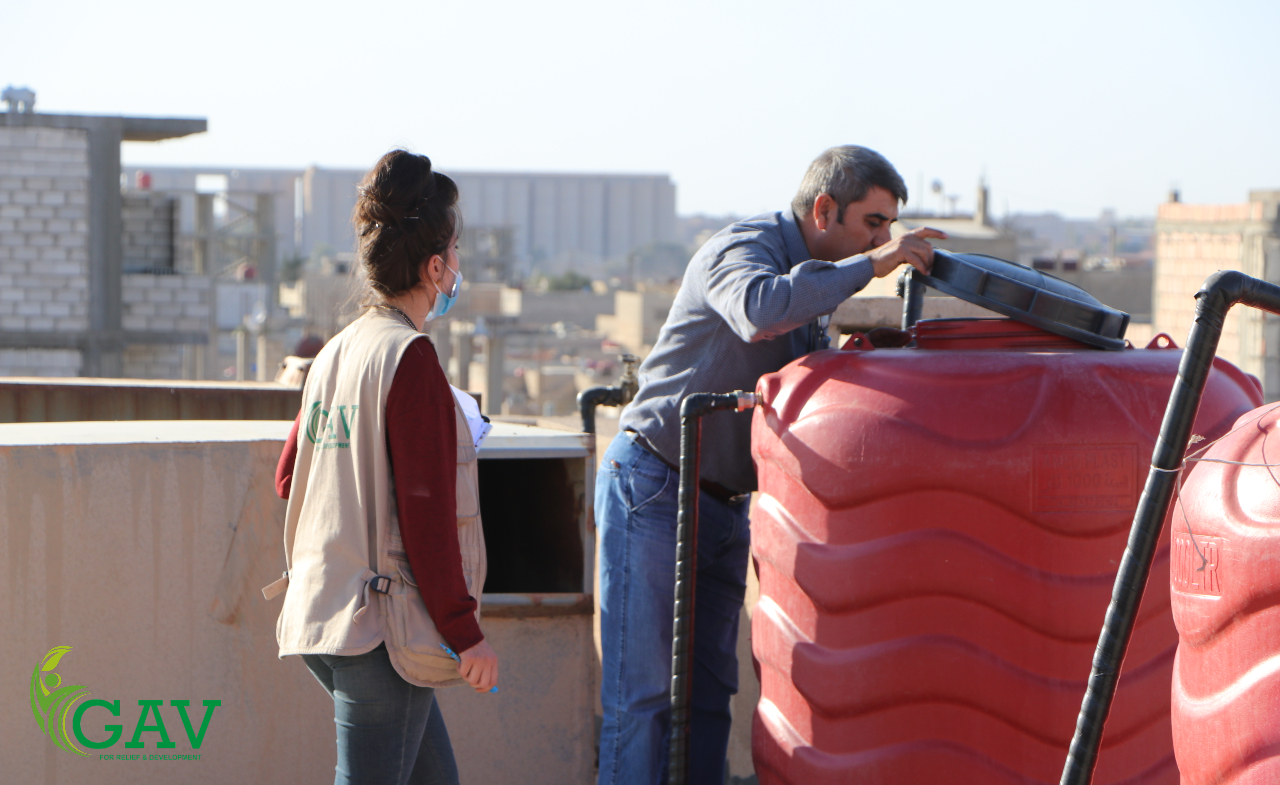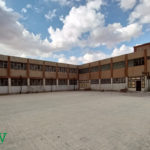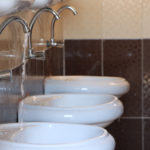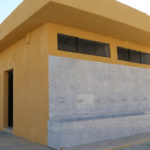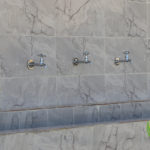Restoration and rehabilitation of the facilities of three schools in Hasakah
The rehabilitation and restoration of three schools in the city of Hasakah within the “Me and My School 3” project was completed, in preparation for the return of about 900 male and female students to their seats.
The GAV4RD organization launched the project in late August 2021, to restore and rehabilitate 14 schools run by the Education Board of the Autonomous Administration of North and East Syria (AANES) in the areas of Hasakah, Qamishli, Tel Tamr and Shaddadi.
The restoration and rehabilitation phase in Hasakah included three schools: Talab al-Azzawi, al-Farahidi and Ayyad al-Fehri.
The number of students of the al-Farahidi School, which was established in Salhiya neighborhood in 2003 and was named after the linguist Ahmed Khalil al-Farahidi, is about 394.
While Ayyad al-Fehri School, which was established in the al-Nashwa neighborhood in 1965, south of Hasakah, the number of its students is currently about 240, after their numbers decreased by half due to the effects of the war.
As for the Talab al-Azzawi School in the Salhiya neighborhood, which was founded in 1957, the number of its students reaches about 273, after their numbers declined by about 25%, also due to the effects of the conflict that the country has been going through for more than 10 years.
The works of the Me and My School 3 project in the three schools included the restoration of sanitary blocks, water faucets and floors, in addition to the restoration of doors, windows and whiteboards, not to mention the lighting and painting.
Despite the completion of the restoration, the three schools still need more support and necessary capabilities to prepare the playgrounds and restore their external walls, not to mention a comprehensive restoration and rehabilitation process for the school buildings.
The GAV4RD launched the project Me and My School 3 in view of the importance of the education sector as the most important pillars for the advancement of any society, and in view of the seriousness of the consequences that may result from the suspension of this process or being affected by the conflict.
The project comes as one of the steps aimed at mitigating the effects of the conflict in Syria, which has caused great destruction in various sectors, the foremost of which is the education sector, where UNICEF has documented the number of children deprived of education in the country since 2011 by about two million.
Like other regions, the education sector in northeastern Syria has been severely damaged since extremist organizations such as ISIS took control of large areas, in addition to the confrontations that the region is witnessing from time to time due to attacks by government forces, not to mention the catastrophic results of the Turkish aggression on Ras al-Ain and Tel Abyad.
Despite the decline in the intensity of the conflict in the region, the education sector did not recover in a manner commensurate with the needs, due to the damages that affected the facilities as a result of the conflict and the suspension of periodic restoration and maintenance operations, not to mention the transformation of some of them into temporary shelters for the displaced as a result of the war, which in turn was reflected in the reality of these facilities and their ability to accommodate students and provide the appropriate atmosphere for the revival of the educational process in healthy and appropriate conditions.
- لقطة عامة لمدرسة العزاوي في الحسكة – GAV
- تأهيل دورات المياه بعد الترميم – GAV
- كتلة مدرسة العزاوي الصحية بعد الترميم – GAV
- تأهيل مناهل المياه بعد الترميم – GAV

